In summary, Denver's ebike rebate experiment was inspired by utility rebates from other regions, was stupendously successful, flattered by emulation in other jurisdictions and the State of Colorado itself, to the point that the city might recast its program to equitably incentivize low-income riders, as well as focusing on other barriers to riding, such as poor infrastructure. The experiment has paid off, and that's before considering the small business boost to local bike shops and expanding the use of ebikes for transportation in addition to recreation.
With that all said, I want to comment about the purported study which concluded that ebike rebate programs are less economically efficient than electric automobile rebates. Or I would, if the study PDF wasn't trapped behind Elsevier's paywall. I suppose I could email the author to ask for a copy directly.
But from the abstract, the authors looked to existing studies which originally suggested that ebike rebates are less efficient, so I found a list of that study's citations, identifying two which could be relevant:
- E-bikes and their capability to reduce car CO2 emissions (Phelps et al, 2021, open access)
- Impacts of e-bike ownership on travel behavior: Evidence from three northern California rebate programs (Johnson et al, 2023, open access)
The first study looked at ebikes in England -- not the whole UK -- and their potential to displace automobile trips, thus reducing overall CO2 emissions. It concluded that increased ebike uptake would produce emissions savings faster than waiting for average automobile emissions to reduce, or from reductions in driving by other means, as a means to slow the climate disaster. This study does not analyze the long-term expected emissions reduction compared to cars, but did conclude that ebikes would produce the most savings in rural areas, as denser cities are already amenable to acoustic cycling and public transport.
The second study looked at a year of how new ebike owners changed their travel behavior, for participants from three California jurisdictions offering incentives, two in the San Francisco Bay Area and one along the North Coast. The study concluded that in the first few months, most riders used their ebike 1-3 times per week, but towards the end of the study period, most riders reduced their use, although the final rate was still higher than the national average rate for acoustic bicycling. The study found that at its peak, ebikes replaced just a hair above 50% of trips, and thus concluded that the emissions saved by displacing automobile trips was not as cost effective as emissions reduced through EV automobile incentives. They computed the dollar-per-co2-ton for each mode of transportation.
So it would seem that the original study looked to this second study and reached a similar conclusion. However, the second study noted that their data has the caveat of being obtained from 2021 to 2022, when the global pandemic pushed bicycling into the spotlight as a means of leaving one's house for safe recreation. It would not be a surprise then that automobile trips were not displaced, since recreational bicycle rides don't compete with driving a car from point A to point B for transportation.
Essentially, it seems that the uncertainty in emissions reduction is rooted in variability as to whether ebikes are used mostly for recreation, or mostly for displacing car trips. But as all the studies note, ebikes have a host of other intangible benefits.
IMO, it would be unwise to read only the economic or emissions conclusion as a dismissal of ebikes or ebike rebates. Instead, the economics can be boosted by focusing resources for rural or poorer riders who do not have non-automobile options, and the emissions savings can be bolstered by making it easier/safer to ride. Basically, exactly what Denver is now doing.

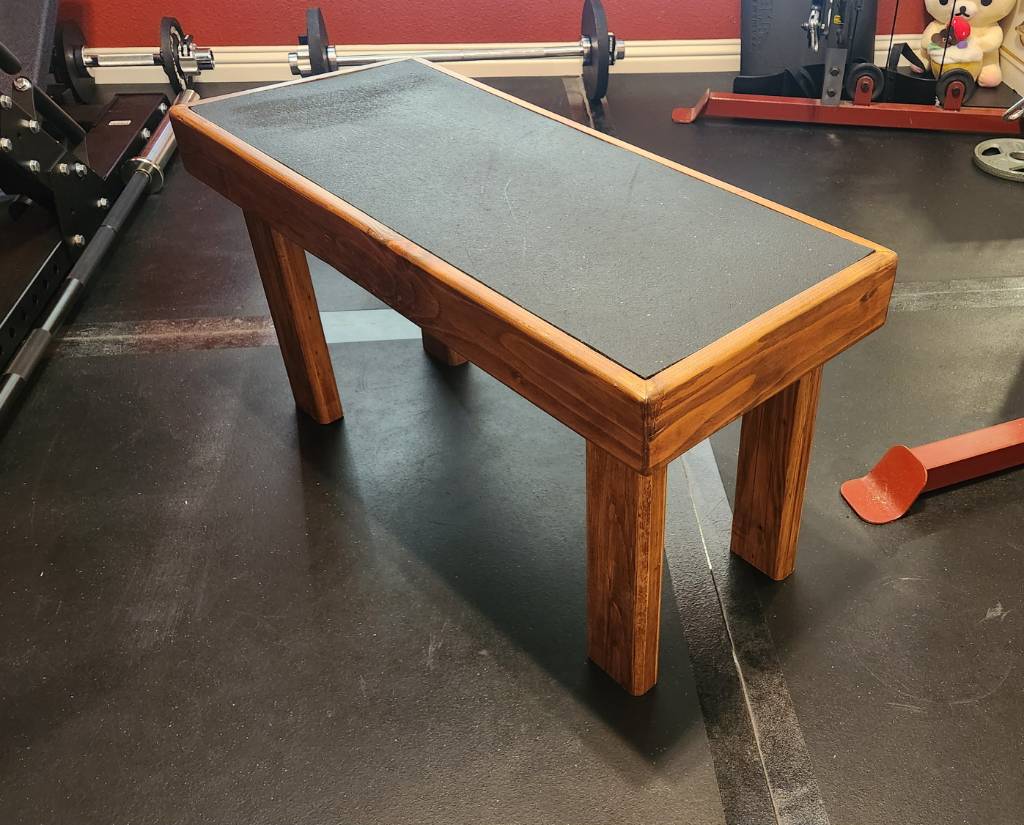
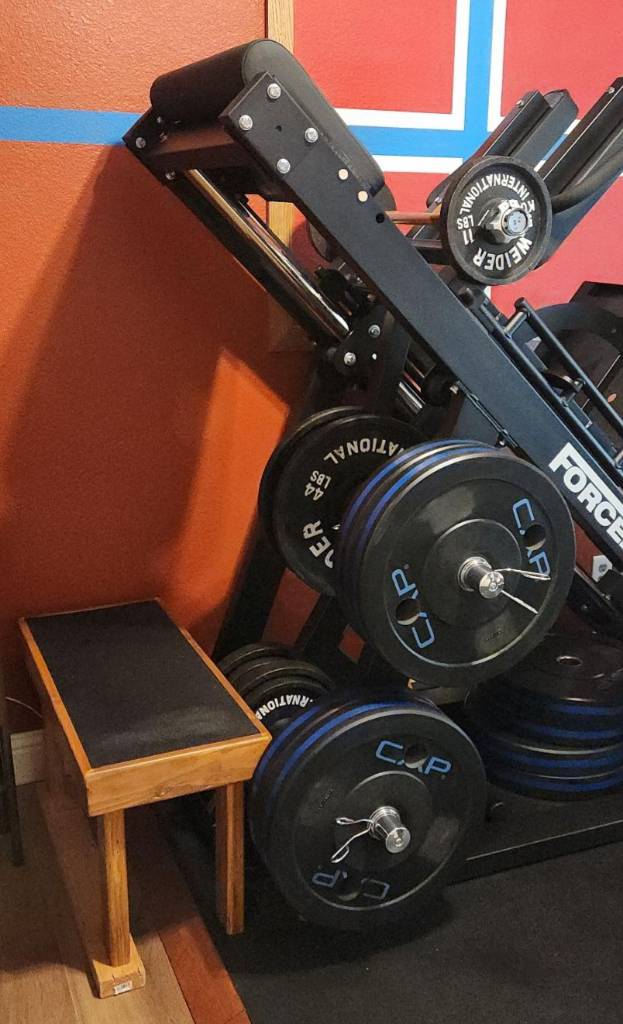
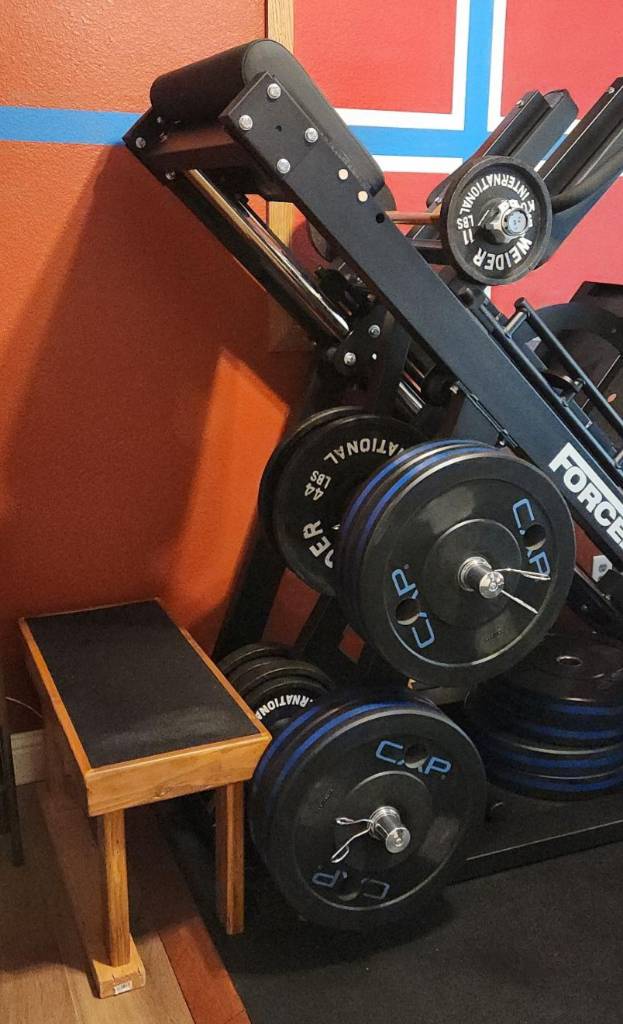
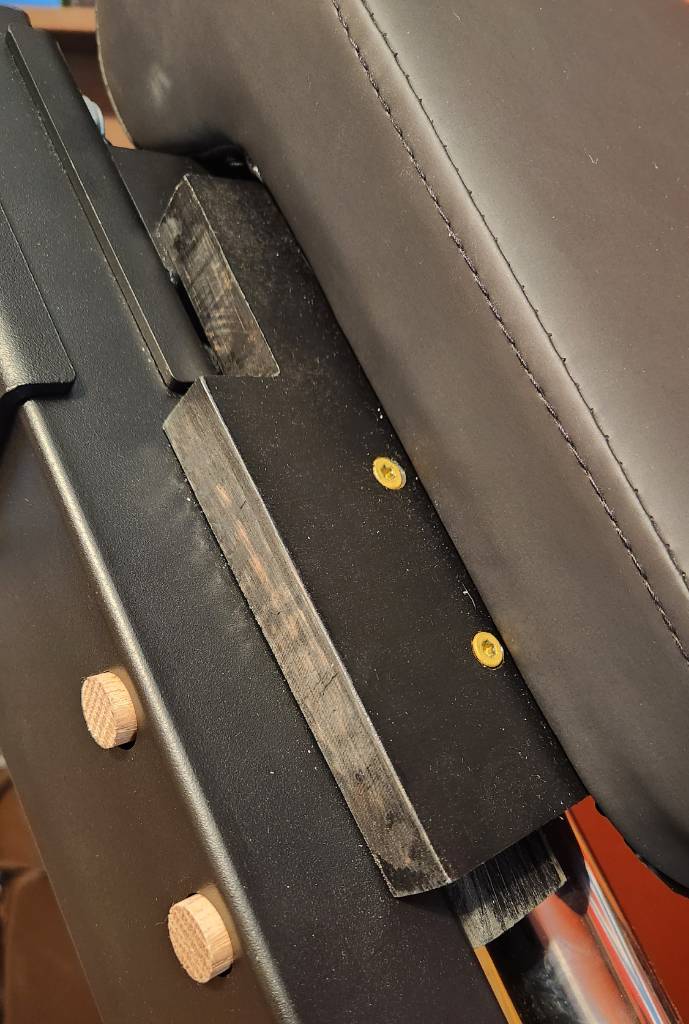
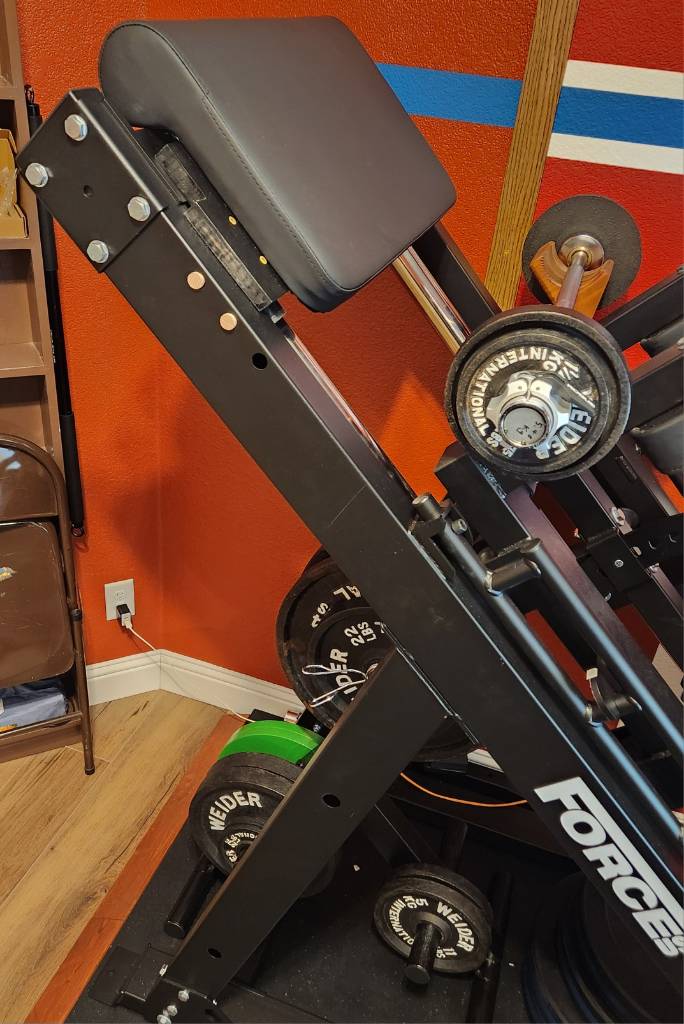
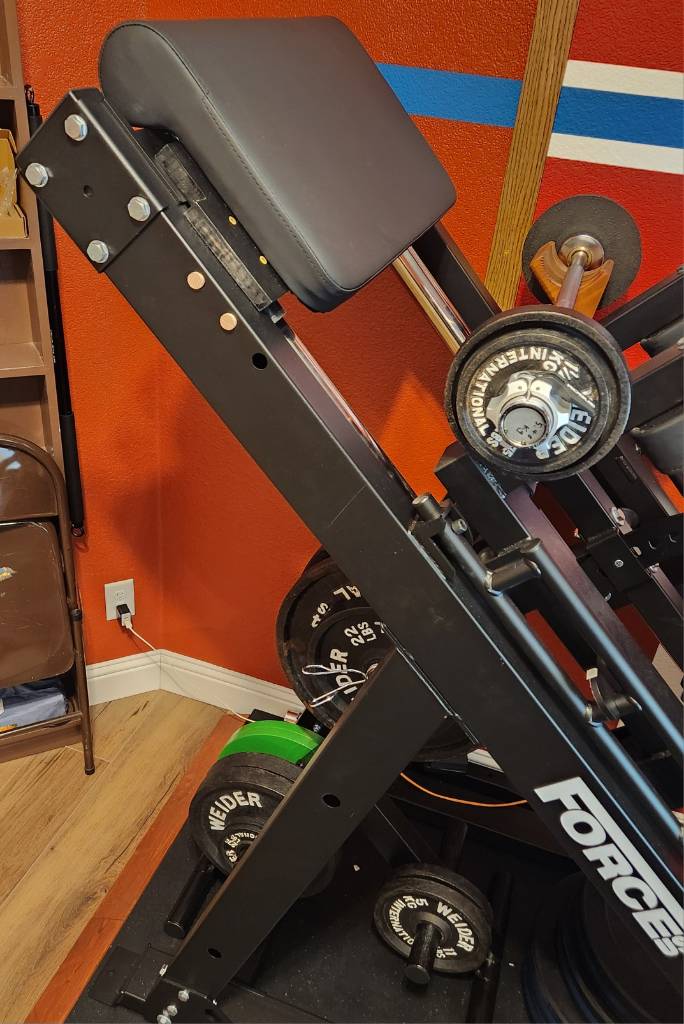















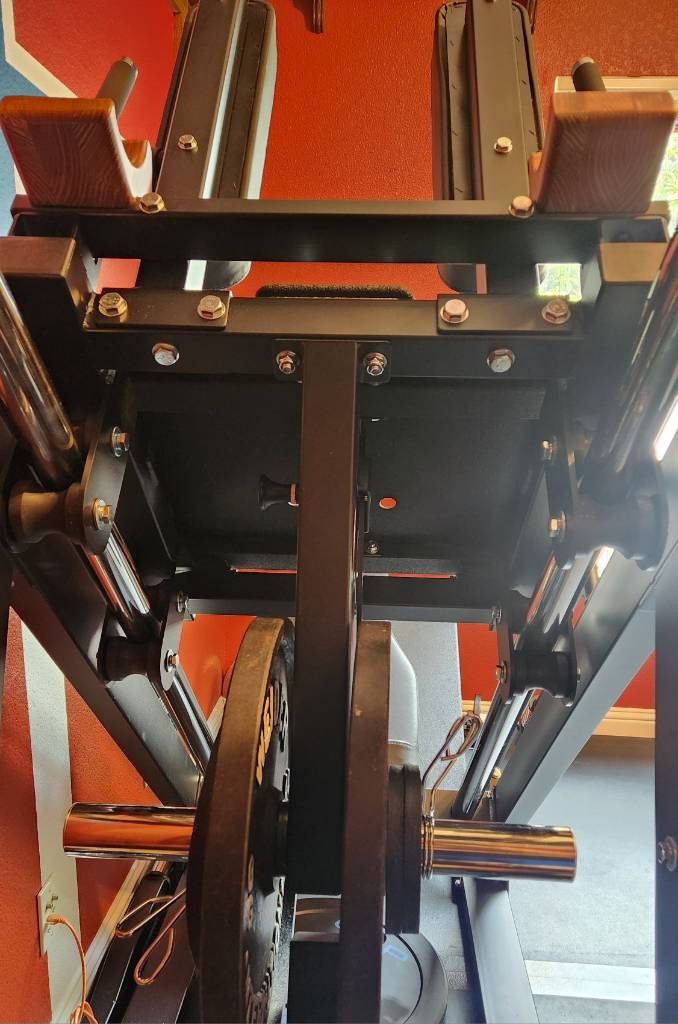

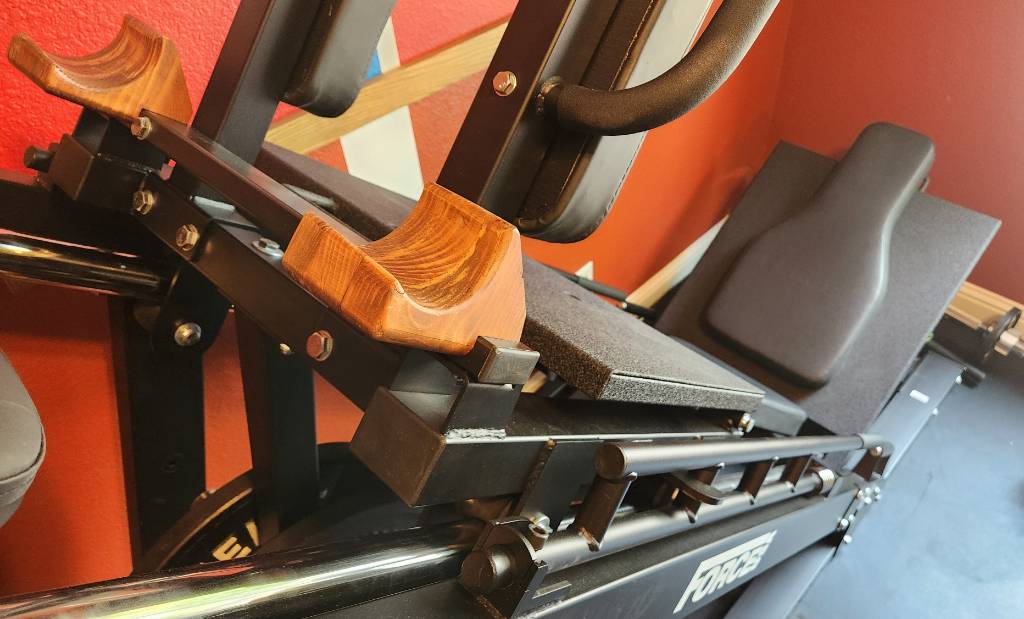

When I see "Xitter", I think it might be pronounced Exeter, like the town in southwest England. But that feels like an undeserved slight against the good people of Devon and England.